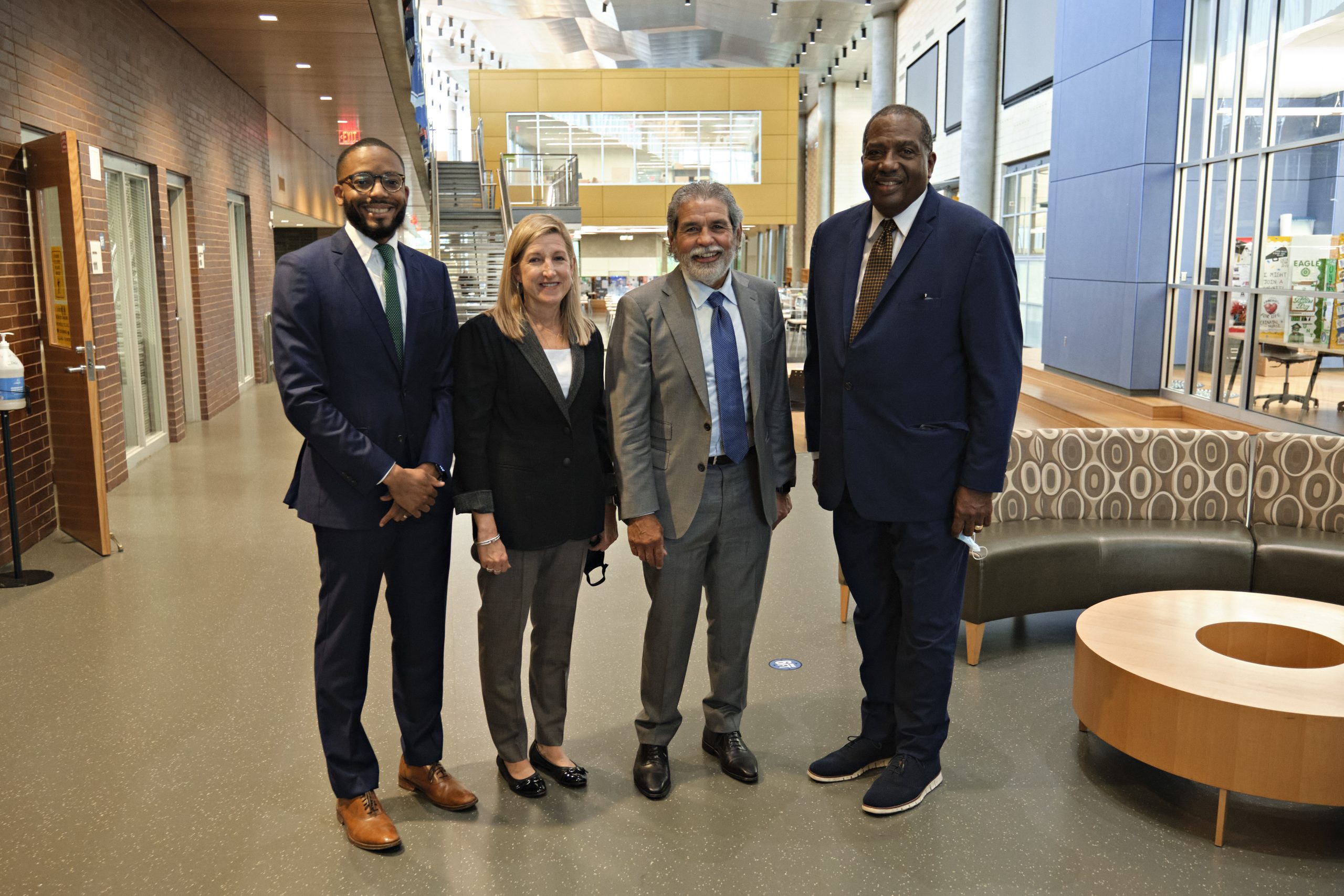Michael Wood, Director, Education & Workforce
Between the December 2020 and March 2021 federal stimulus packages, Texas received a combined $17.9 billion in dedicated aid for public elementary and secondary schools.
Texas is second only to California among state allocations for federal education relief. The funding is an unprecedented and desperately needed investment in Texas’ public schools and future workforce, following a challenging year rife with academic disruptions.
Until last week, Texas was one of few states that had yet to distribute or communicate to schools its plans for the federal funding.
On April 28, Governor Abbott, Lieutenant Governor Patrick, and Speaker Phelan announced that $11.2 billion from the third federal stimulus package, the American Rescue Plan, would begin flowing into Texas’ public schools. Of that $11.2 billion, two-thirds may be disbursed immediately. The other third is contingent on approval from the U.S. Department of Education, which is expected in early June.
State leaders also committed to disbursing the remaining $5 billion in earmarked federal relief to schools by the end of session. Those monies are currently tied up while the Texas Education Agency (TEA) and the Department of Education work to resolve additional restrictions attached to the second stimulus package.
The funding comes at a critical time for school systems in North Texas. While the health crisis shows signs of abating as vaccine uptake steadily increases, school districts are still grappling with outstanding expenses incurred due to the pandemic and steep, widespread student learning loss. The newly approved federal relief will enable school districts to recoup unexpected expenses, provide supplemental summer learning, and prepare targeted interventions to curb learning loss in the fall.
School districts in the Dallas Region will benefit significantly from the $11.2 billion appropriation. Per TEA estimates, Dallas ISD will receive nearly $543 million between the initial two-thirds allocation and the remaining one-third, once approved, while Garland ISD and Richardson ISD will receive a total of $111 million and $69.6 million, respectively.
In the weeks leading up to Governor Abbott’s announcement, pressure had mounted for state leaders to mobilize federal funds to school districts. On April 14, the Dallas Regional Chamber (DRC) led a coalition of 26 chambers of commerce and business associations statewide in a letter urging state leaders and the Texas legislature to clarify when and how much relief would be made available to schools.
“The educational impacts of the COVID-19 pandemic threaten our ability to maintain the significant momentum we have built to leverage talent as a strategic asset for Texas,” the DRC said in the letter. “As soon as possible, we ask leadership and the legislature to clarify when and how much federal funding will be made available to Texas’ education institutions.”
The DRC also urged the state to leverage federal funding to supplement, rather than supplant, existing state commitments to public education.

The announcement from state leaders is nothing short of a watershed moment for Texas’ public schools and comes just two years after the Texas legislature provided its own historic investment in public education through House Bill 3. While school districts face an uphill battle to help students regain lost instructional time, the combined investment from state and federal lawmakers provides school system leaders with significant resources for a robust academic recovery.
In a show of thanks, DRC Board Chair Michelle Vopni joined Senator Royce West, Dallas ISD Superintendent Michael Hinojosa, and Dallas ISD Board President Justin Henry in a press conference organized by statewide advocacy group Raise Your Hand Texas to celebrate the announcement.
“By unlocking these funds, state leaders have ensured that Texas will continue to build on our momentum in education from the last legislative session, and ensure our economy remains resilient and robust for generations to come,” said Vopni.